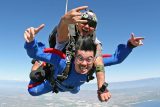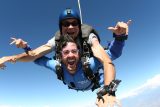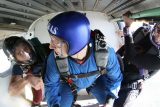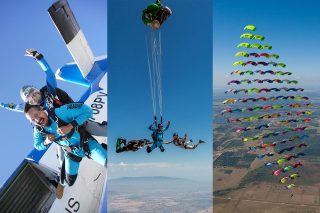What Happens If A Parachute Doesn’t Open?
First Time Skydiving
Posted by: Skydive Perris
7 years ago
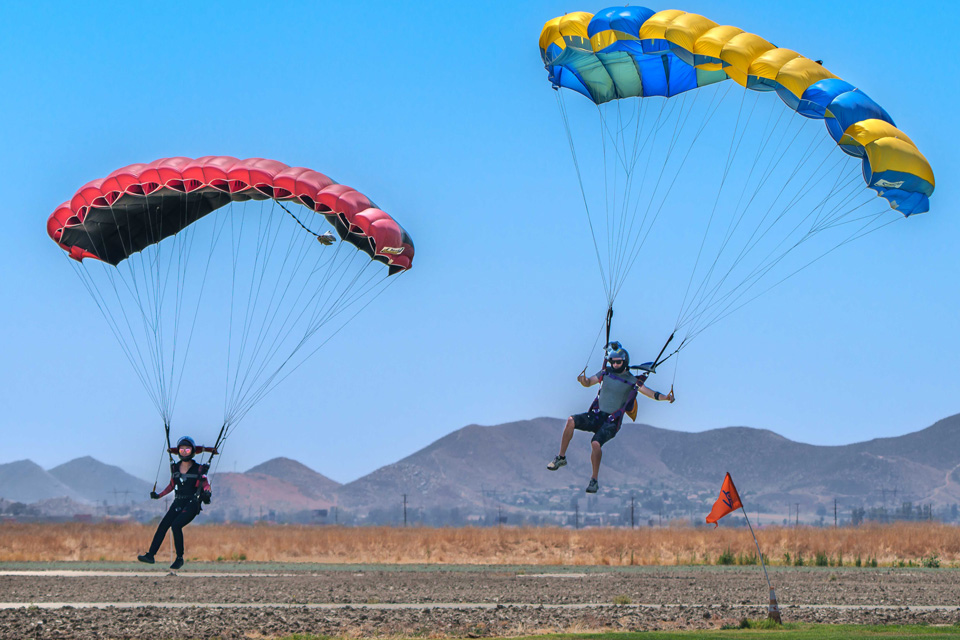
At this point, you’ve probably watched enough skydiving videos to witness dozens of parachutes blossom open against the big, blue sky. Over and over again, you hear that signature snap, and a bright nylon rectangle appears, lowering the jumper safely to the ground.
But – in this current age of sensationalism – you’ve probably also seen plenty of jump videos that feature a skydiving malfunction (or what people seem to think about a parachute not opening). And those are the ones that stick in your mind. Especially if you’re scheduled to make your own skydive.
So, what happens if the parachute doesn’t open? Or worse, what happens if both parachutes fail??
The truth of the matter is, a skydiving cutaway is a rare event. According to the USPA (which collects and publishes skydiving accident statistics), about one in every 1,000 parachutes will experience a malfunction that requires the use of the reserve parachute.
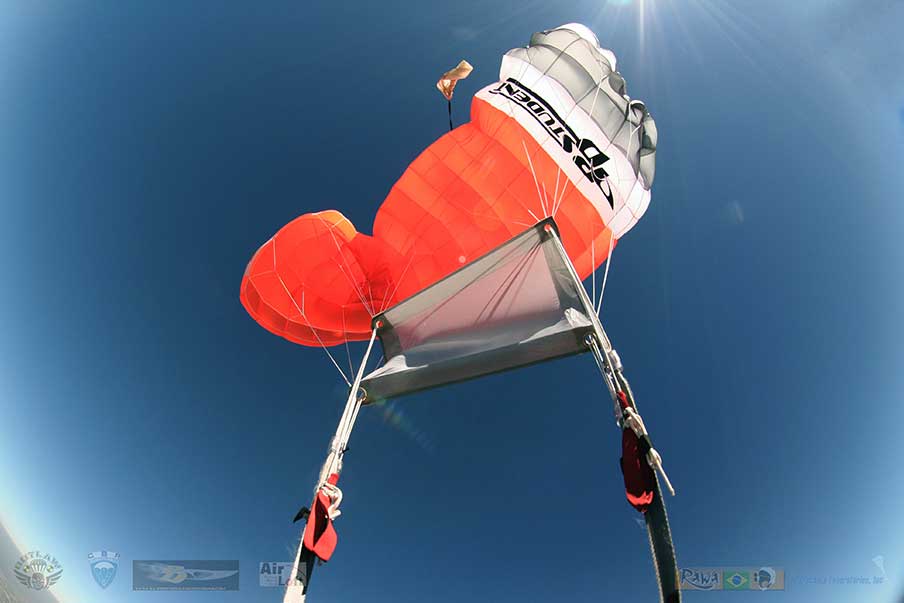
If that statistic has you clutching the ground for dear life, wait just a second. First off: a ratio of 1:1000 is ridiculously rare in terms of the real world. Secondly: even if your parachute actually does fail to open into that familiar flyable configuration, you’re still almost certainly going to be fine.
Of course, skydiving does carry risk; you know that already. What you might not know is all of the resources skydivers have to mitigate that risk.
What Happens If A Parachute Doesn’t Open?
Is it possible to survive if the parachute doesn’t open? Not only is it possible, it’s extremely likely!
First, let’s clear something up …
The phrase that almost always gets tossed around when you hear about a skydiving accident on the news is that the skydiver’s parachute “failed to open.” In reality, it’s practically statistically impossible that the parachute actually didn’t open. That’s the one thing a parachute is made to do!
What almost certainly did happen is that the parachute opened, but wasn’t safe to fly. When a parachute can’t be safely controlled back to the ground, the jumper has to immediately follow a set of tried-and-true emergency procedures to fix the situation.
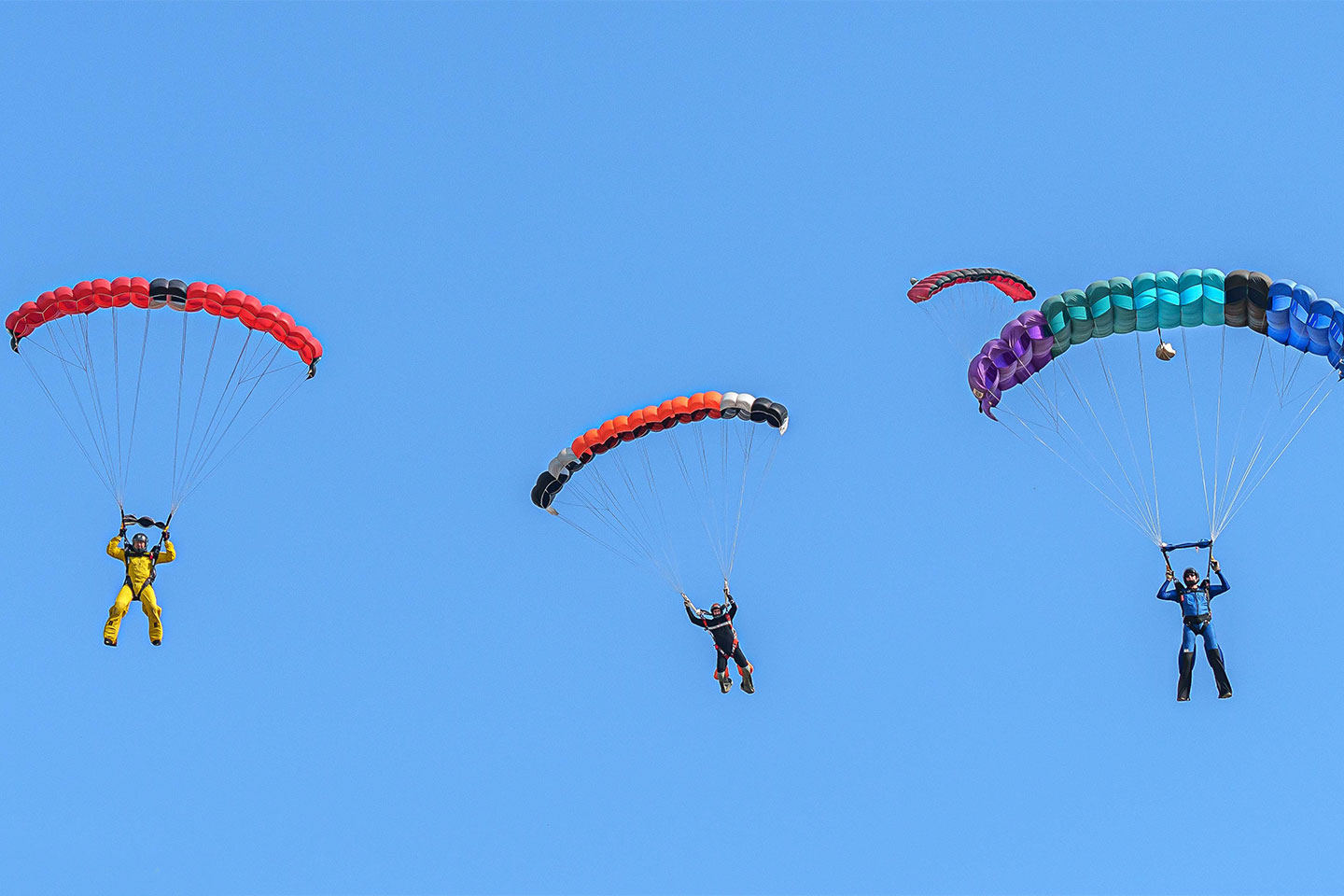
Every skydiving parachute has a backup parachute waiting in the wings. If the main parachute turns out to be unsafe to fly, a quick pull of a handle located on the right side of the skydiver’s chest disconnects the malfunctioning nylon – we call it the ‘cutaway handle’ (hence the 2000 movie title). A handle on the left side (the ‘reserve handle’) deploys the carefully packed reserve parachute to take the place of the main that didn’t feel like doing its job that day.
The process is so quick and seamless that many tandem skydiving students that experience a reserve ride don’t even know it happened. That said, if you do happen to notice the hiccup, stay calm and listen to your instructor. They’ve trained for this and have probably even been through it before! They want to get to the ground as safely as you do, so just follow their lead!
Interesting fact: the backup parachute is hooked up to a system that deploys it automatically in the one-in-a-million scenario that nobody lifts a finger to get it out. This system is called an AAD, for Automatic Activation Device. What happens if you pass out while skydiving? The AAD will fire your reserve parachute, giving you much higher chances of survival.
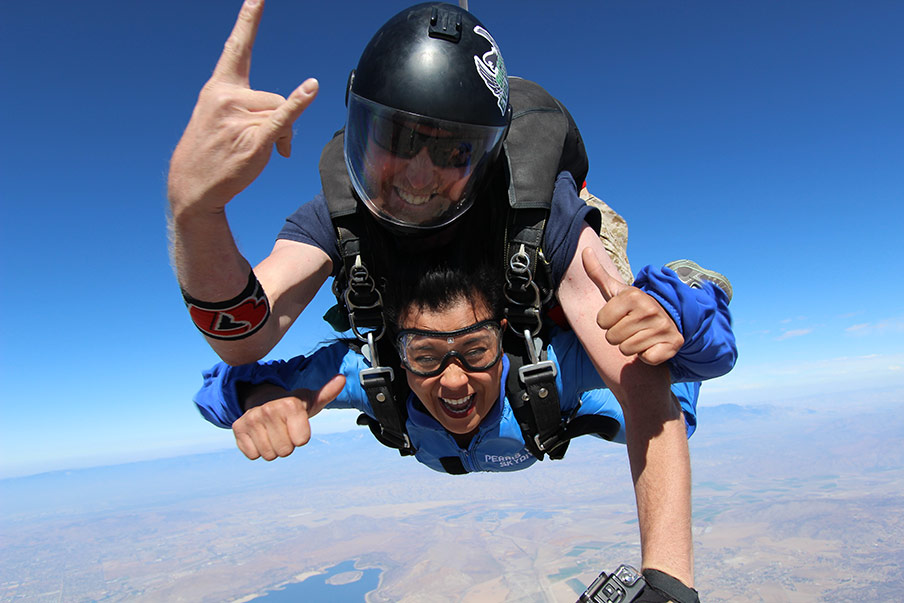
Skydiving Malfunctions Explained
In this context, the word “malfunction” refers to a scenario that might prevent the successful deployment of a flyable parachute. A successful and safe parachute deployment depends on a few different factors, all of which are completely within the control of the parachute owner.
First, rigorous equipment maintenance. There are a lot of parts to every parachute system, and most of those parts are crucial to proper function. Parachute owners know full well that it’s important to inspect and care for every bit of lifesaving equipment that comes along on a skydive to make sure there are no issues. That “lifesaving” part happens to be a great motivator. All Perris Skydiving Program students learn to care for their equipment and look out for indications of a possible malfunction on their next jump as part of their initial training.
Correct and careful packing procedures are also crucial. There’s no single correct way to pack a parachute. Every skydiver has their own preferences when it comes to different techniques. But there are certain rules that must be followed no matter how you like to pack. These critical steps have been researched and developed by the actual parachute manufacturers, and it’s a very good idea to follow their advice if you want your parachute to work the right way.
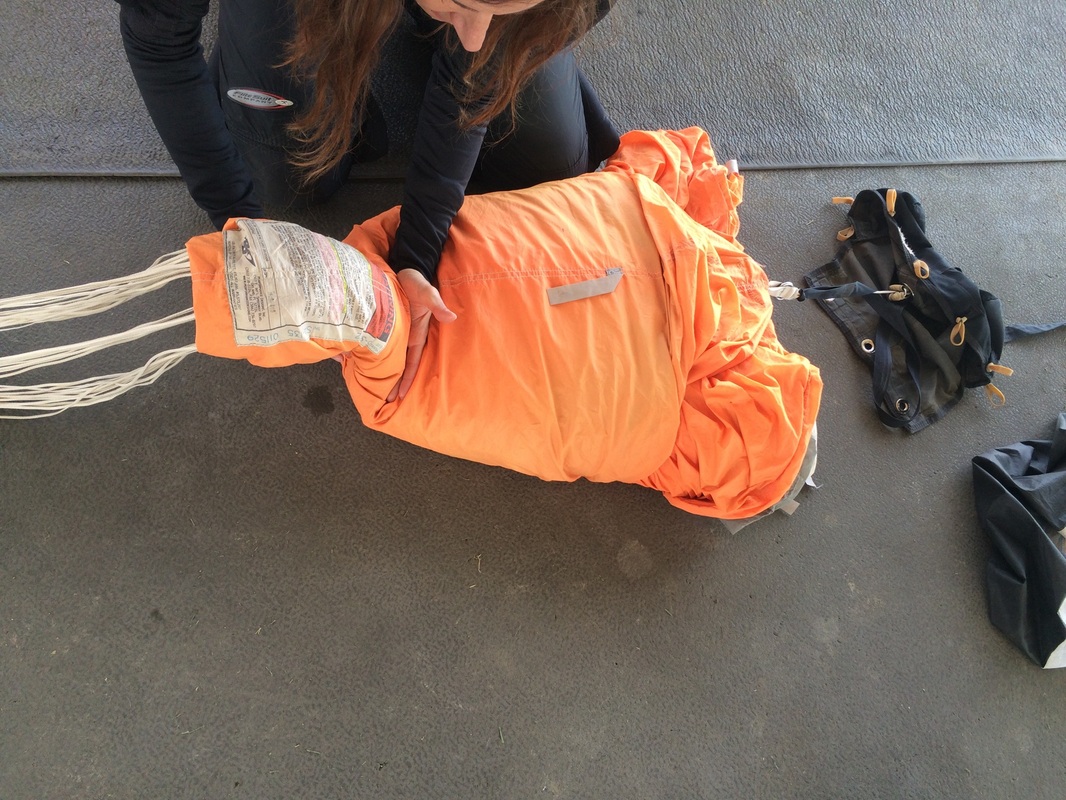
The last key component to avoiding malfunctions is to fly in the correct body position when deployment procedures are initiated. You can do everything correctly with your parachute on the ground, but if you’re doing wonky things in the air when you deploy, you’re probably going to have some issues. Having fun and goofing around on a skydive is great. But when it comes time to deploy the parachute, it’s time to get serious.
At Skydive Perris, we proudly adhere to a set of strictly maintained standards to ensure that those boxes are checked. Our parachuting equipment is top-quality across the board, we rigorously inspect and maintain our gear, and we only employ the finest professional tandem instructors in the sky. It’s true that not every single malfunction can be avoided. But we sure put all of our effort into knocking out the ones we can.
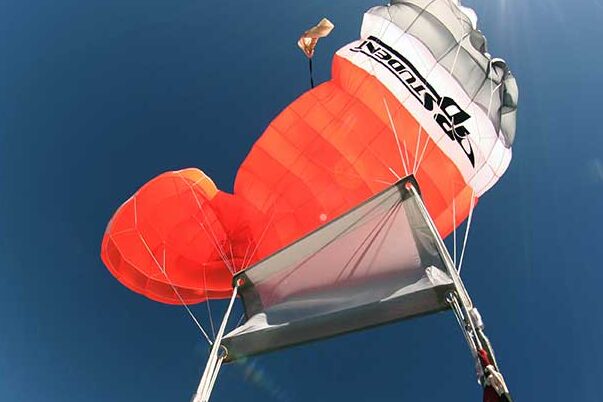
What Are the Chances of the Second Parachute (Reserve) Not Opening?
Tandem skydiving accidents are incredibly rare. And even more rare than that is a reserve parachute not opening. Reserve parachutes are maintained to even higher standards than main parachutes are. After all, they’re basically the parachute equivalent of the special forces.
Reserve parachutes have to be repacked by an FAA certified rigger every 180 days. That means that twice a year, every reserve parachute in operation is carefully inspected over by someone who is certified to do the job by the government.
That rigger is also the only person who is allowed to pack a reserve parachute. And the technique used to pack a reserve parachute is different from the one used to pack a main. A reserve repack takes more than an hour, while a main pack job can be as quick as 10 minutes. Everything that involves the reserve parachute is extremely regulated and precise.
You’ll notice how we’re hitting all those components of successful deployments. That’s all well and good, but what happens if the second parachute doesn’t open? If for some crazy reason neither parachute opens, even the one packed specifically to open in extreme conditions, it’s time to problem solve. Understanding the gear and emergency procedures definitely make an extreme situation like this easier to solve. The best way to work well under pressure is to prepare for the unexpected!
Skydive Perris’s Safety Statistics
The skydiving safety statistics numbers are clear that the safety of skydiving is at a higher standard now than it’s ever been. And the numbers keep trending safer.
Fun fact: It’s far safer to make a skydive than it is to drive to the dropzone! Try that one on for size.
We at Skydive Perris adhere to the most up-to-date, rigorous safety standards. In over 45 years of existence, we have never had a tandem skydiving fatality at our skydiving center. As a USPA dropzone member, we follow all rules, regulations, and recommendations that are set out by the governing organization. We are also on the cutting edge of gear technology and training techniques.
When you make a jump at Skydive Perris, know this: by far, the biggest risk you’re taking is that you’ll end up falling in love with our life-changing sport! We say bring it on – come learn how to skydive with us and join our dropzone community. Blue skies!
